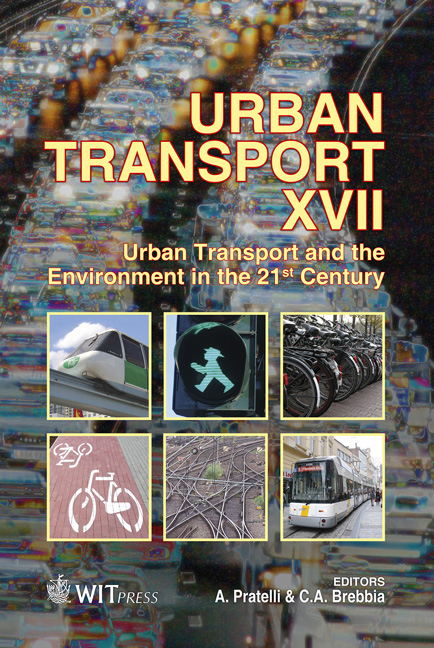Incorporating Measurable Outcomes Into The Highway Design Process: A Case Study To Demonstrate Highway Safety Improvements
Price
Free (open access)
Transaction
Volume
116
Pages
10
Page Range
495 - 504
Published
2011
Size
2,918 kb
Paper DOI
10.2495/UT110421
Copyright
WIT Press
Author(s)
C. E. Carrigan & M. H. Ray
Abstract
Highway crashes result in the death of approximately 41,000 people per year in the United States alone. Roughly one-third of these fatal crashes are with fixed objects along the roadside. An obvious solution for improving roadside safety would be to remove or shield all fixed objects along the roadside. This would certainly decrease the number of fatal and serious injury crashes but could result in the removal of many roadside trees and the installation of hundreds of miles of roadside barrier, leaving an unacceptable aesthetic environment to road users which would also cost many millions of dollars. Removing trees entirely or installing hundreds of miles of roadside barrier, therefore, is not a viable option. A better approach is to understand the highway characteristics that make some locations more prone to crashes and treat the most hazardous locations. It is the objective of this paper to present an example highway design problem which considers design alternatives using a benefit/cost analysis of alternatives to determine the preferred alternative and to minimize all project related costs (i.e., design, construction, right-of-way, etc.) including costs related to crashes. Keywords: highway safety, cost/benefit analysis. 1 Introduction Achieving and maintaining a competitive edge over other regions or nations has been linked to the size and quality of the available transportation network, however, any transportation network has risks associated with it. These risks include the frequent crashes on the various modes of transportation. Highway crashes result in the death of approximately 43,000 people per year in the United
Keywords
highway safety, cost/benefit analysis





